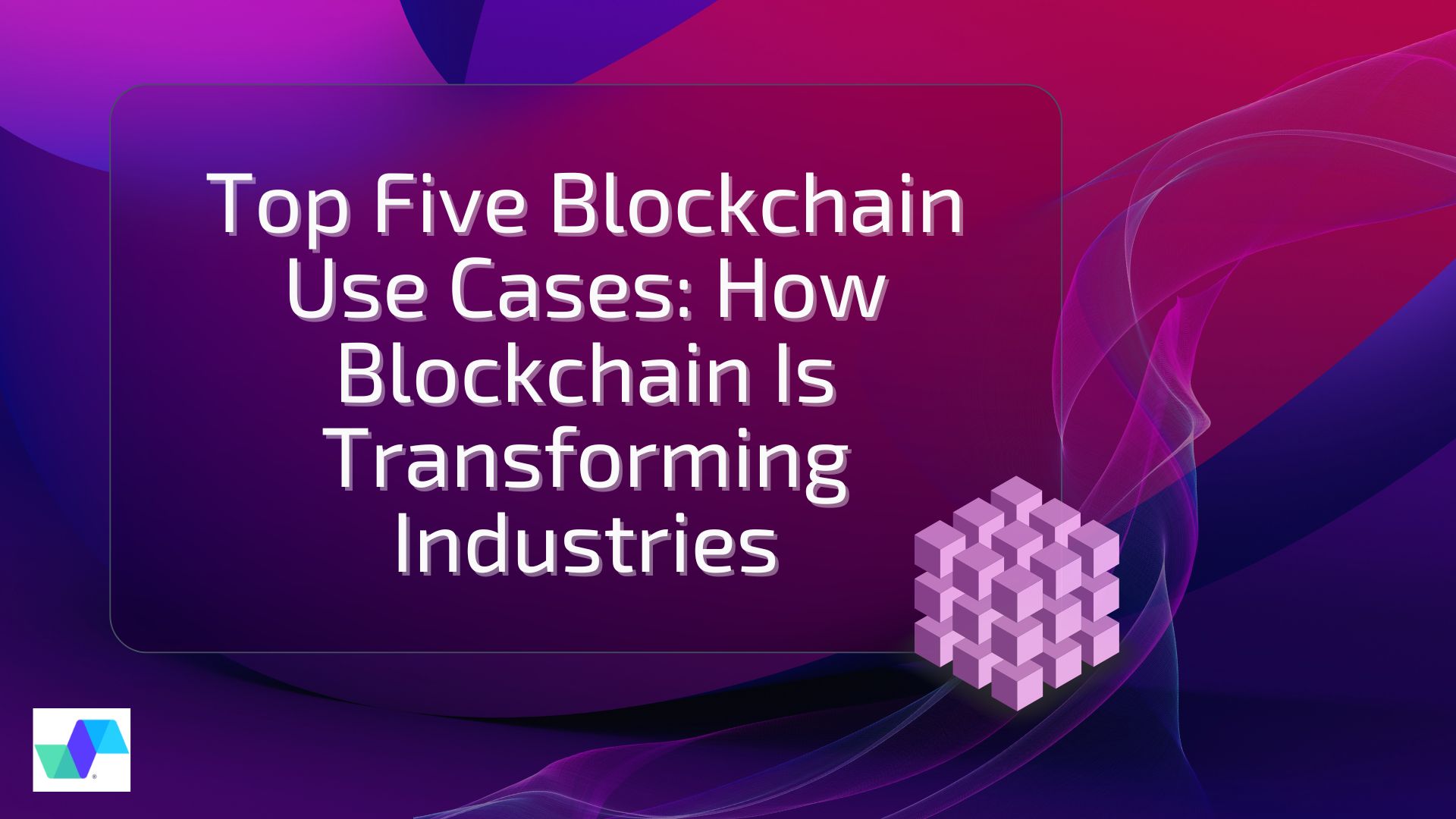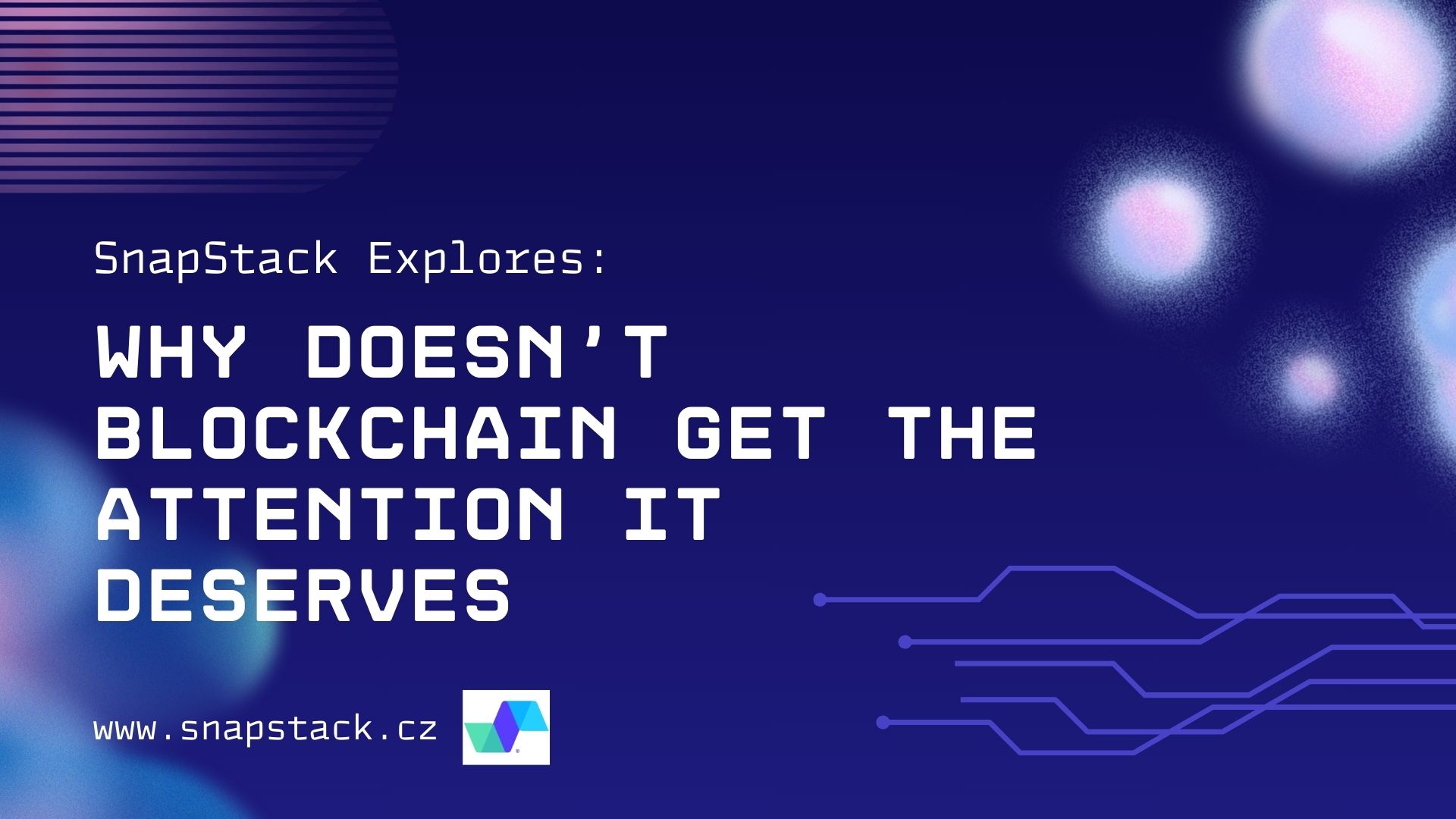The versatility and potential of blockchain is making high-profile corporations, start-ups, and governments rely on its power. Nowadays, we can find blockchain use cases in diverse industries and sectors. It’s time we looked into its practical uses, exploring how it's empowering businesses and institutions. After we discuss the benefits, you will ask yourself why you haven’t invested in it before.
Examples of Blockchain Usage Within Supply Chain Management
More and more companies are realizing the potential of blockchain, including:
- Walmart and IBM: This industry giant partnered with IBM to leverage blockchain for tracking the origin of food products like mangoes. This system allows Walmart to trace mangoes back to specific farms within minutes, ensuring authenticity and facilitating faster and more targeted recalls in case of contamination concerns.
- Everledger for Diamonds: This company relies on blockchain to track diamonds throughout the entire supply chain, from mine to retail stores. Their system verifies the origin, authenticity, and ethical sourcing of diamonds, providing consumers with greater confidence and transparency when purchasing.
- Provenance for Fashion: This organization uses blockchain to track the origin of materials used in clothing production. Consumers can scan a garment tag to access information about the source of materials, labor practices, and environmental impact, promoting ethical and sustainable fashion choices.
- Coda Coffee: Using the power of blockchain, the company allows its customers to track the journey of coffee beans, ensuring fair compensation for farmers and providing consumers with transparency about the origin and ethical sourcing of their coffee.
Benefits of Blockchain In Supply Chain Management
The benefits of blockchain in supply chain management extend beyond just tracking origin, as it also enables:
- Boosted visibility. Blockchain provides real-time data on the location, condition, and movement of goods. This helps stakeholders share the data securely in the supply chain, improving visibility and facilitating proactive decision-making.
- Reduced food waste. Improved tracking and transparency can help identify inefficiencies and bottlenecks in the food supply chain, leading to reduced food waste and improved resource management.
- Sustainable practices. Blockchain is all about transparency, which helps consumers make informed decisions about the products they buy. With 62% of people claiming they “always or often” pick products to purchase because they are sustainable, every business nowadays wants to embrace sustainable practices.
Examples of Blockchain Usage Within the Finances and Banking Industries
The finance and banking industries haven’t been left behind from the blockchain revolution, with tens of companies adopting blockchain, including:
- RippleNet: This blockchain-based network facilitates secure and instant international money transfers. Financial institutions using RippleNet can settle payments in a matter of seconds, eliminating the delays and high fees associated with traditional methods.
- Circle and USDC: Circle, a digital currency company, issued a stablecoin called USDC, which is pegged to the US dollar. This blockchain-based digital dollar allows for faster and cheaper international settlements because its value is tied to a stable asset.
- Moeda Seeds: This Brazilian FinTech company utilizes blockchain to provide financial services to unbanked populations. Moeda Seeds allows users to store and transfer money securely using their smartphones, even without a traditional bank account. This promotes financial inclusion and empowers individuals who were previously excluded from the formal financial system.
- AAVE: This decentralized lending platform operates on the Ethereum blockchain. AAVE allows users to borrow and lend cryptocurrencies in a peer-to-peer fashion, eliminating the need for traditional financial intermediaries and potentially offering more competitive interest rates.
- Barclays: The firm is using blockchain-based smart contracts to automate contract execution, reducing the need for intermediaries, and speeding up processes.
Benefits of Blockchain in Finances
The financial sector is undergoing a significant transformation, and blockchain technology is at the forefront of this revolution. While cryptocurrencies may be the most well-known application of blockchain, its potential goes far beyond digital money:
- Reduces the risk of fraud and error compared to traditional systems. Transactions on a blockchain are permanently recorded and cryptographically secured, making them tamper-proof and auditable.
- Eliminates the need for intermediaries, directly minimizing risk. In a blockchain network, trust is established through cryptography and distributed consensus mechanisms.
- Allows near-instantaneous settlements for transactions. This helps eliminate the delays associated with traditional methods that can take days or even weeks.
- Reduces operational costs. By eliminating intermediaries and automating processes, blockchain can significantly reduce operational costs for financial institutions.
- Enables fractional ownership. Blockchain can be used to tokenize traditional assets like stocks and bonds, allowing for fractional ownership and increased liquidity. This can democratize access to financial markets for a wider range of investors.
Examples of Blockchain in Healthcare
These examples show that blockchain has already started to make a substantial impact on healthcare, and this is just the beginning:
- BurstIQ: This firm is a leading provider of secure blockchain solutions for the healthcare industry. BurstIQ's blockchain platform allows for confidential, individualized health profiles to be created for each patient, keeping their data secure while promoting interoperability and efficient health data exchange.
- Medicalchain: This UK-based start-up uses blockchain technology to securely store and share patient health records. By storing medical data on a blockchain, healthcare providers can access a patient's complete medical history in real-time, resulting in more accurate diagnoses and better patient-centered care.
- Solve.Care: A platform that uses blockchain technology to simplify administration and payments in healthcare. It cuts down fraud and billing errors while providing a clear audit trail and improving patient outcomes.
- MedRec: A collaborative project between MIT and the Beth Israel Deaconess Medical Center, uses blockchain to manage permissions, compliance, and confidentiality of medical records. It provides a transparent view of a patient's medical history, enabling better collaboration between different health providers.
Benefits of Blockchain in Healthcare
The healthcare industry has been embracing blockchain for more than one good reason:
- Emphasizes patient-centered care. By securely identifying each patient, blockchain has to power to offer personalized treatment plans and improve patient-centered care.
- Improved security. Blockchain's encrypted, tamper-proof design takes care of the security of sensitive health data.
- Seamless data exchange. Blockchain can simplify data exchange between different healthcare systems, improving interoperability and data accuracy.
- Fosters transparency. Healthcare blockchain systems allow secure, verifiable, and transparent transaction logs, helping build trust between patients and providers.
- Efficient drug traceability. Using blockchain, healthcare providers can trace every drug's journey from manufacture to use, reducing counterfeiting and improving patient safety.
Examples of Blockchain In Government and Public Sector
Blockchain technology is increasingly being adopted by governments and public sectors across the globe. Here are some real-life examples that demonstrate its transformative potential:
- Estonia. Known as a global leader in digital governance, Estonia has been using blockchain technology to secure its citizens' data across various sectors since 2012. The technology secures digital identities, health records, and legal documents, among other crucial public information.
- Dubai: The city aims to become the world's first blockchain-powered government. It's implementing blockchain for diverse applications such as land registry, business registration, and tourism.
- China: In China's blockchain system, it helps public sector officials in various functions such as tax tracking, social security data management, and intellectual property rights protection.4
- Sierra Leone: During its 2018 Presidential elections, Sierra Leone was the first country to use blockchain to verify voting results, paving the way for trust, transparency, and faster results in political processes.
- Land Deed Registration in India: The Indian government is exploring blockchain for land registry systems. This can potentially streamline property transactions, reduce disputes arising from unclear ownership records, and improve transparency in land management. By securely storing land ownership data on a blockchain, the government aims to prevent fraud and ensure efficient record-keeping.
Benefits of Blockchain in Government and Public Sector
Blockchain technology promises tons of adventages poised to revolutionize the government and public sector, such as:
- Transparency and accountability. As a public ledger, blockchain allows every transaction to be traced, viewed, and verified. This feature minimizes corruption and fraud, resulting in improved public trust.
- Improved efficiency. The automation capabilities of blockchain can significantly reduce administrative time and cost. Governments can streamline processes such as tax collection, contract management, and benefit distribution.
- Data security. Blockchain's decentralized and encrypted nature makes it incredibly difficult for hackers to breach the system, thereby enhancing the protection of sensitive data.
- Identity verification. With blockchain, governments can provide a secure digital identity to citizens, making public services more accessible and eliminating the risk of identity theft.
- Vote integrity. Blockchain's immutable attribute ensures that each vote in a democratic process is secured and cannot be altered dishonestly, maintaining the integrity of election results.
Examples of Blockchain Application in Media and Entertainment
Technological shifts have already transformed the way we consume media, and blockchain is pushing the envelope even further. Let's walk you through some real-world applications:
- MyCelia, an innovative music platform created by Imogen Heap, is using blockchain to revolutionize the way artists sell their work. By integrating blockchain, MyCelia enables direct and instant payments to music creators, bypassing traditional intermediaries. This disruptive model ensures rightful royalties are paid, and artists have control over their intellectual property.
- Verdictum is using blockchain technology to combat film and video piracy. Its decentralized network of nodes makes it almost impossible for digital pirates to deliver pirated content. By providing a secure and immutable content registry, Verdictum significantly deters unauthorized distribution of original content.
- Voise, a blockchain startup, provides musicians with an avenue for fair income. By creating a decentralized music platform, Voise enables direct transactions between artists and listeners. This approach minimizes revenue leakage and assures artists get compensated fairly and transparently for their work.
Benefits of Blockchain in Media and Entertainment
The advantages are far reaching and are set to revolutionize the way we interact with creative content:
- Intellectual property protection. Blockchain's immutable and transparent nature helps in the creation of indisputable records of creative works, helping combat content piracy effectively.
- Innovative monetization models. Blockchain provides artists with the ability to monetize their content through direct-to-consumer sales and smart-contracts, eliminating the need for intermediaries and ensuring fair compensation.
- Transparent royalty distribution. Smart contracts on the blockchain network enable clear and transparent distribution of royalties to the rightful stakeholders.
- Greater audience engagement. Blockchain introduces new ways to engage viewers and listeners, like micropayments, which allow consumers to purchase media in smaller quantities or pay-per-use.
- Improved content discovery. Blockchain could provide a public, transparent ledger for content rights and ownership, making it easier for consumers to discover and access content.
Examples of Blockchain in Action: Key Takeaways
The blockhain technology is transforming industries worldwide. Although blockchain is still not getting the attention it deserves, given it’s benefits, it seems the revolution is just getting started, with more and more businesses investing in the technology daily. Don’t risk being left behind.
[ecta id='21']




